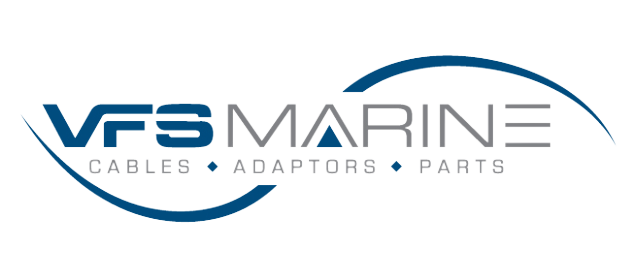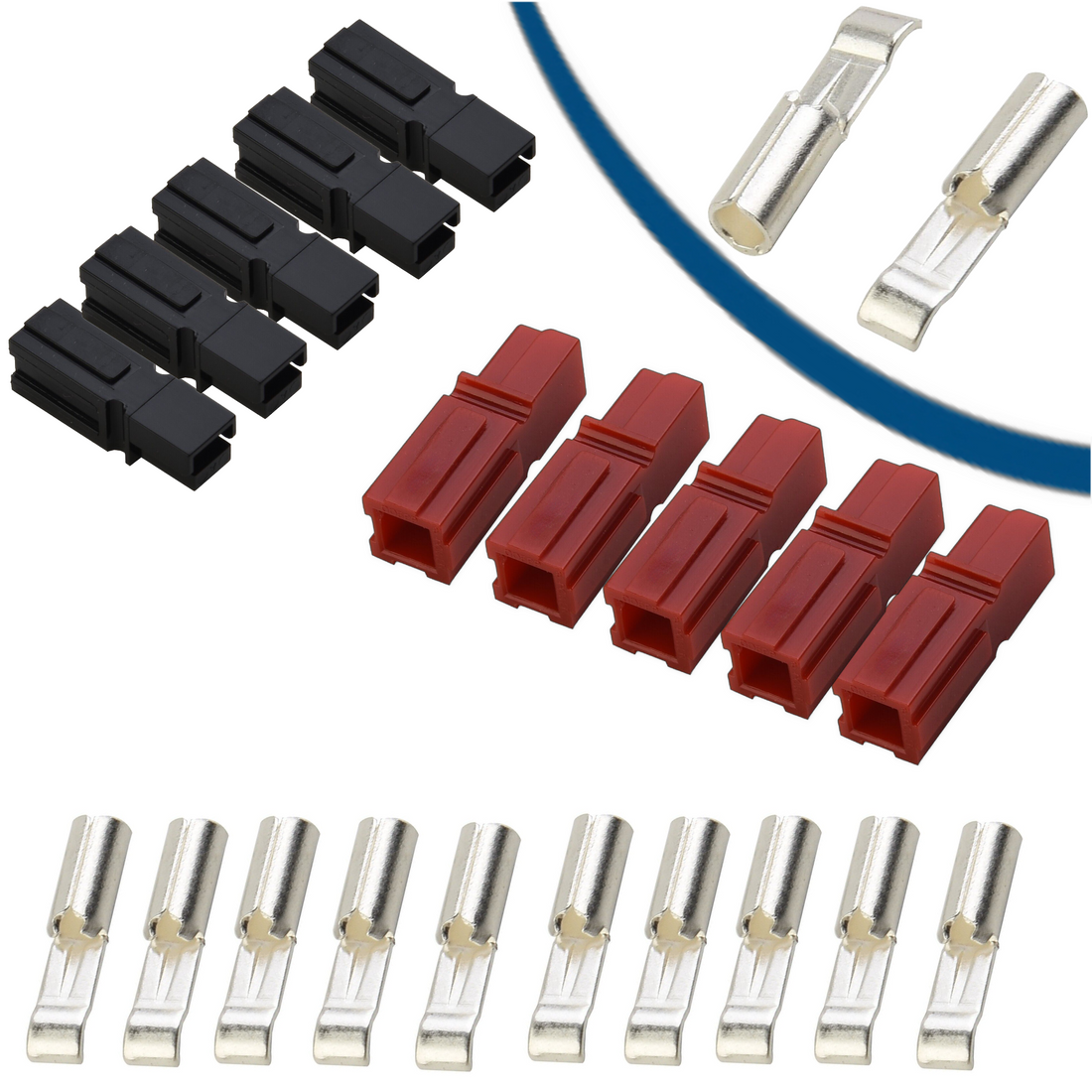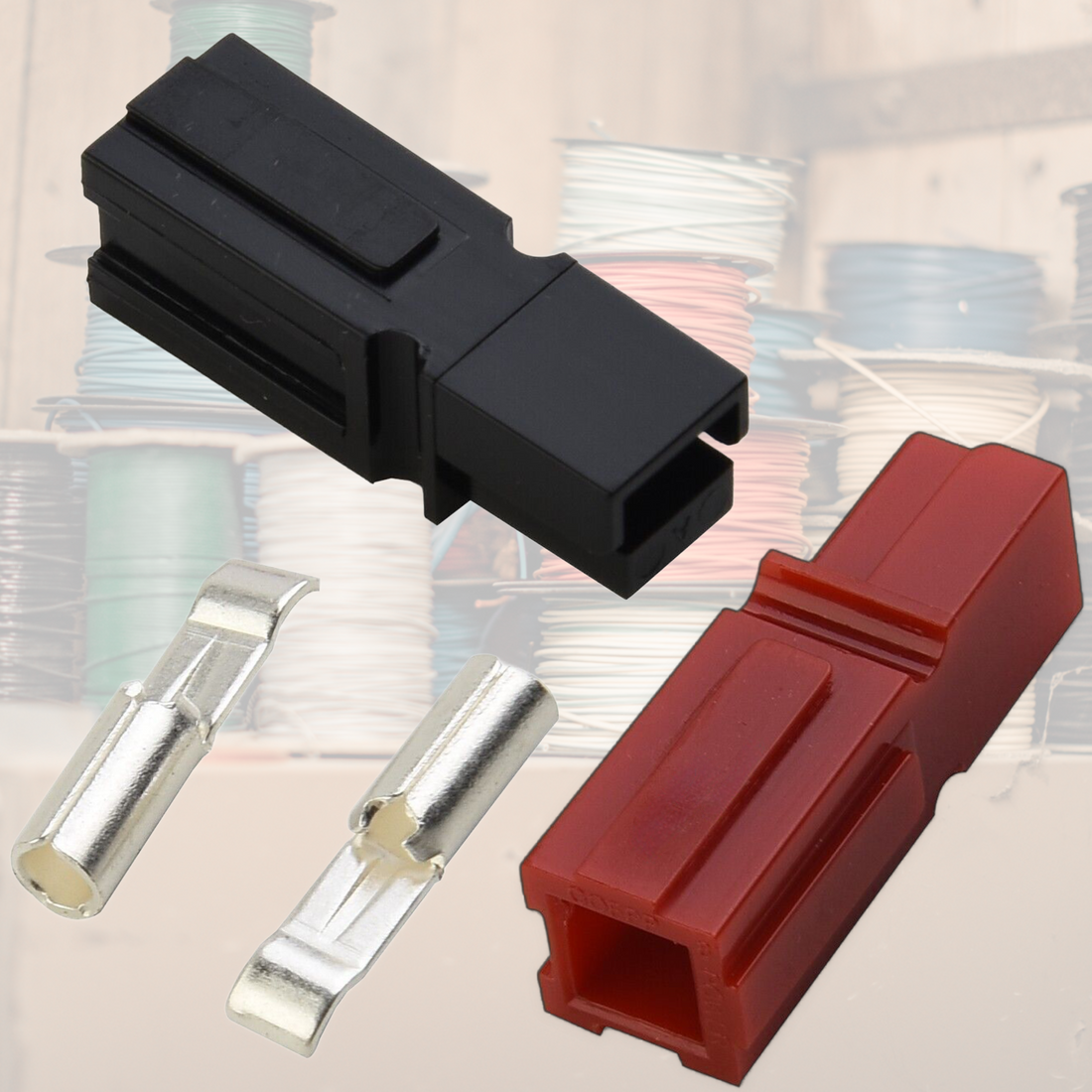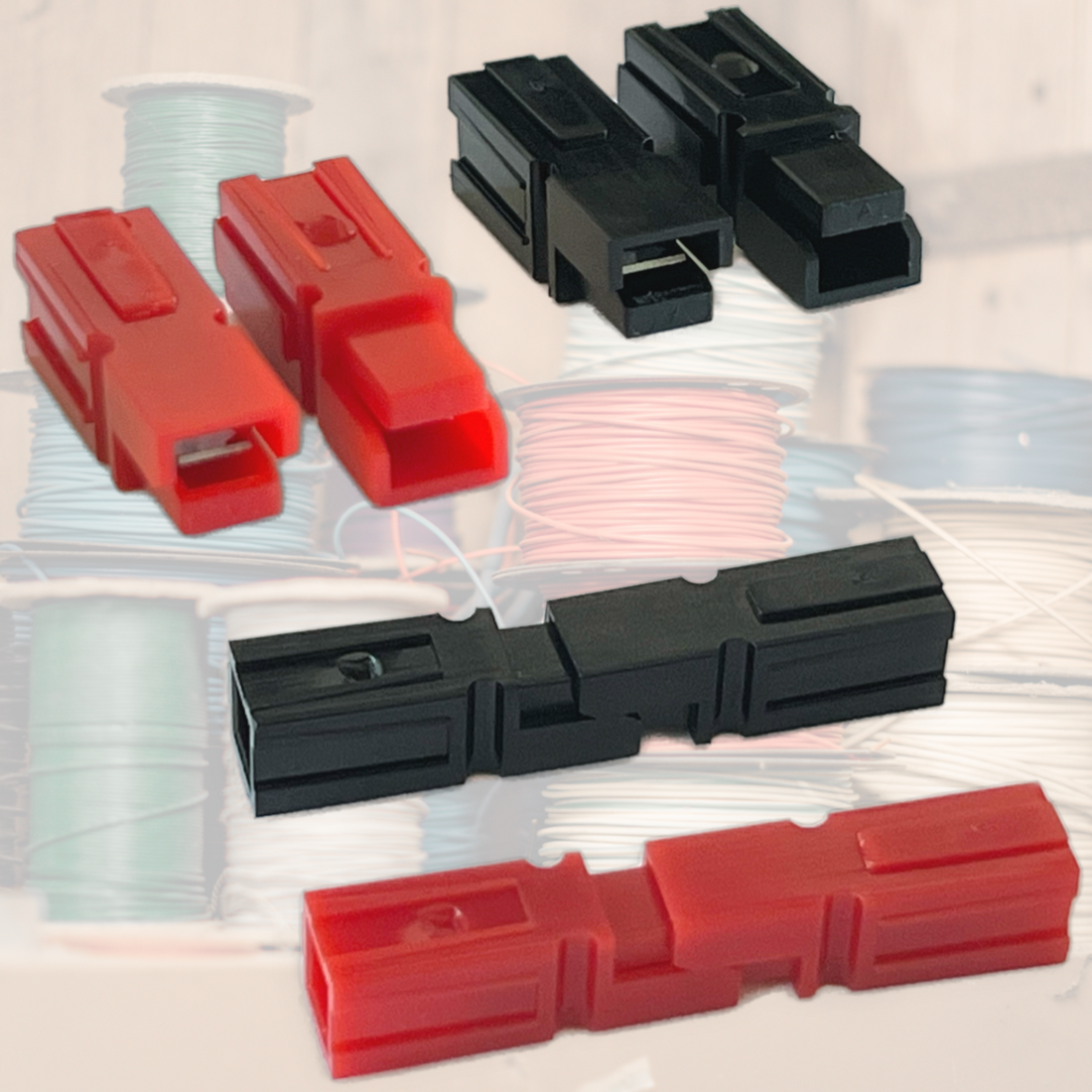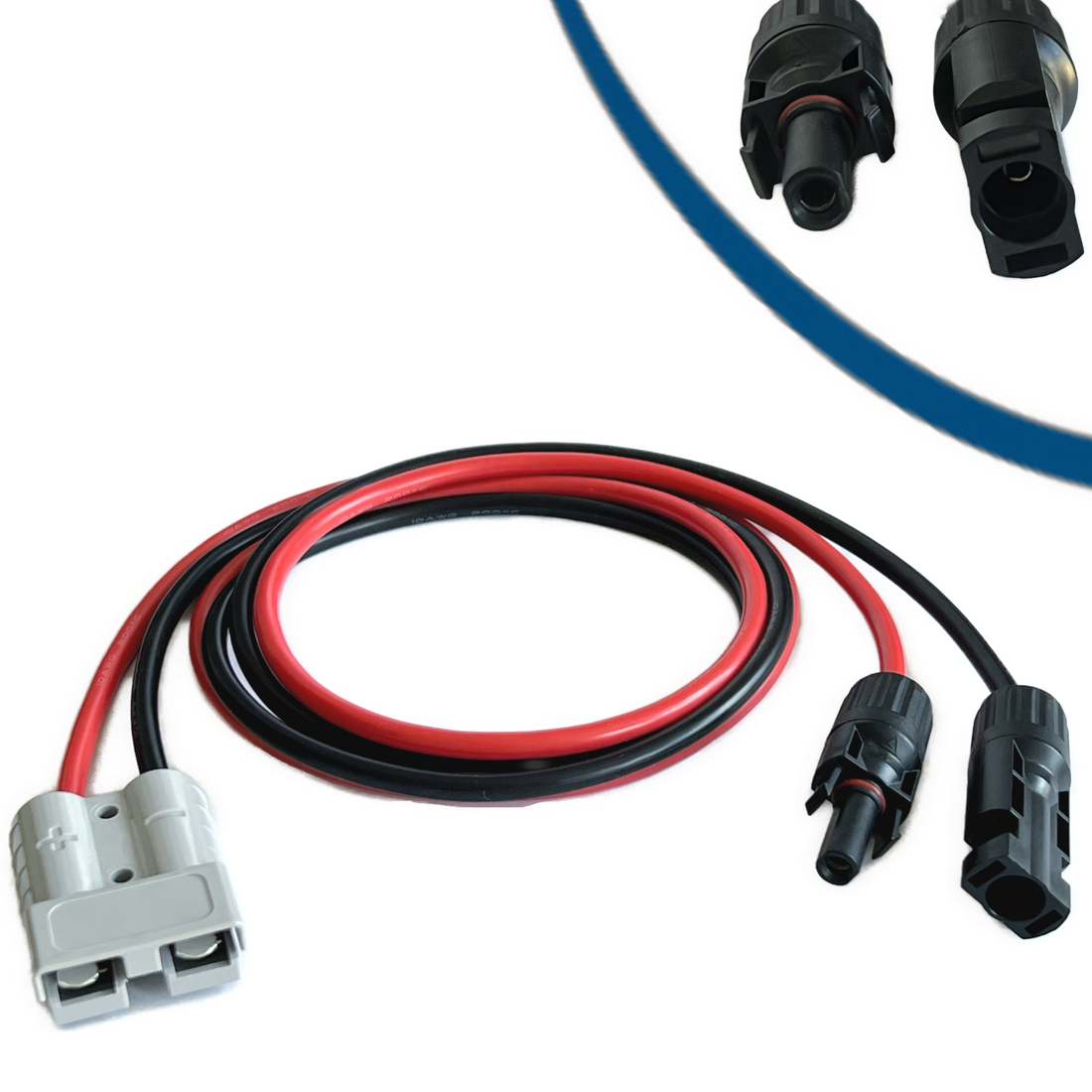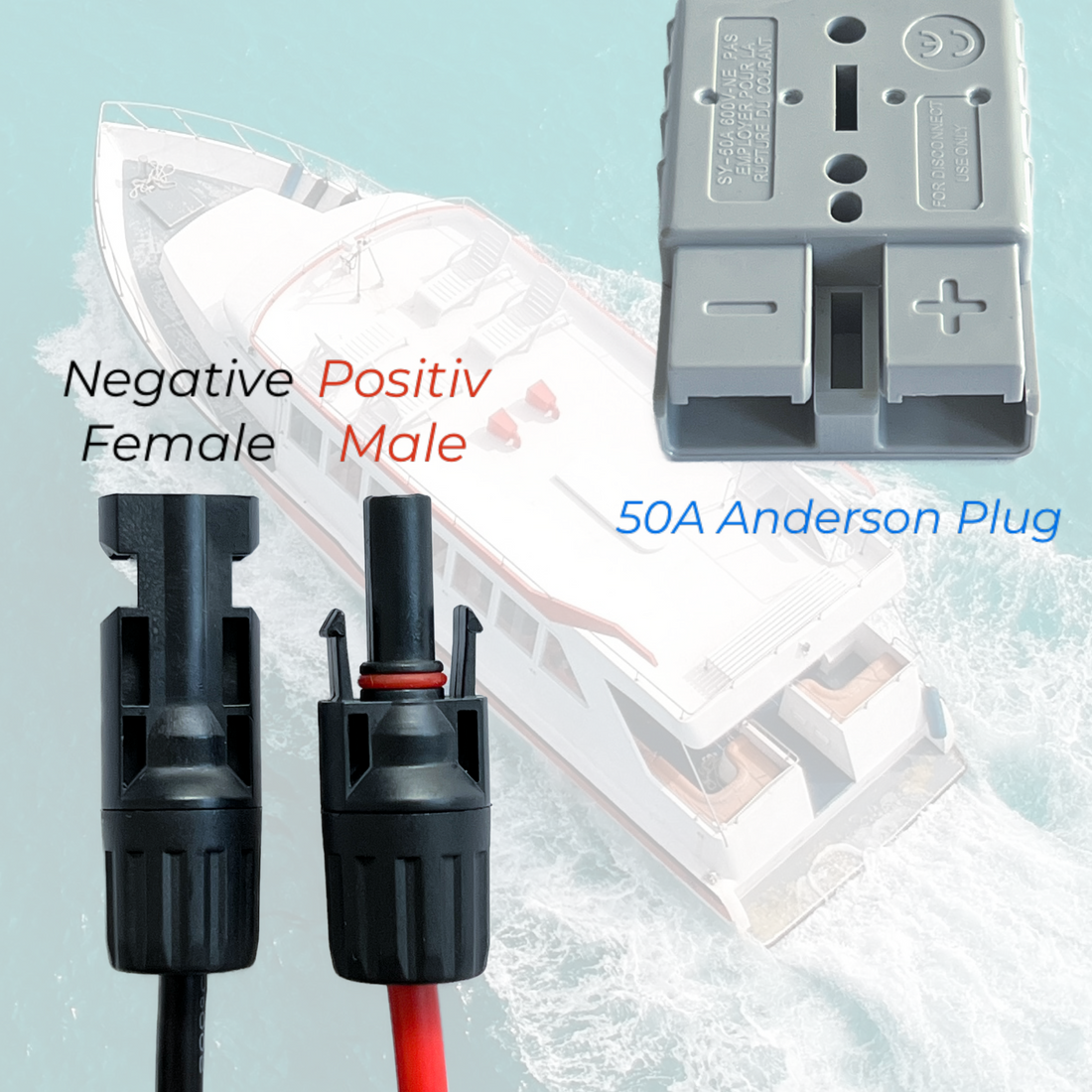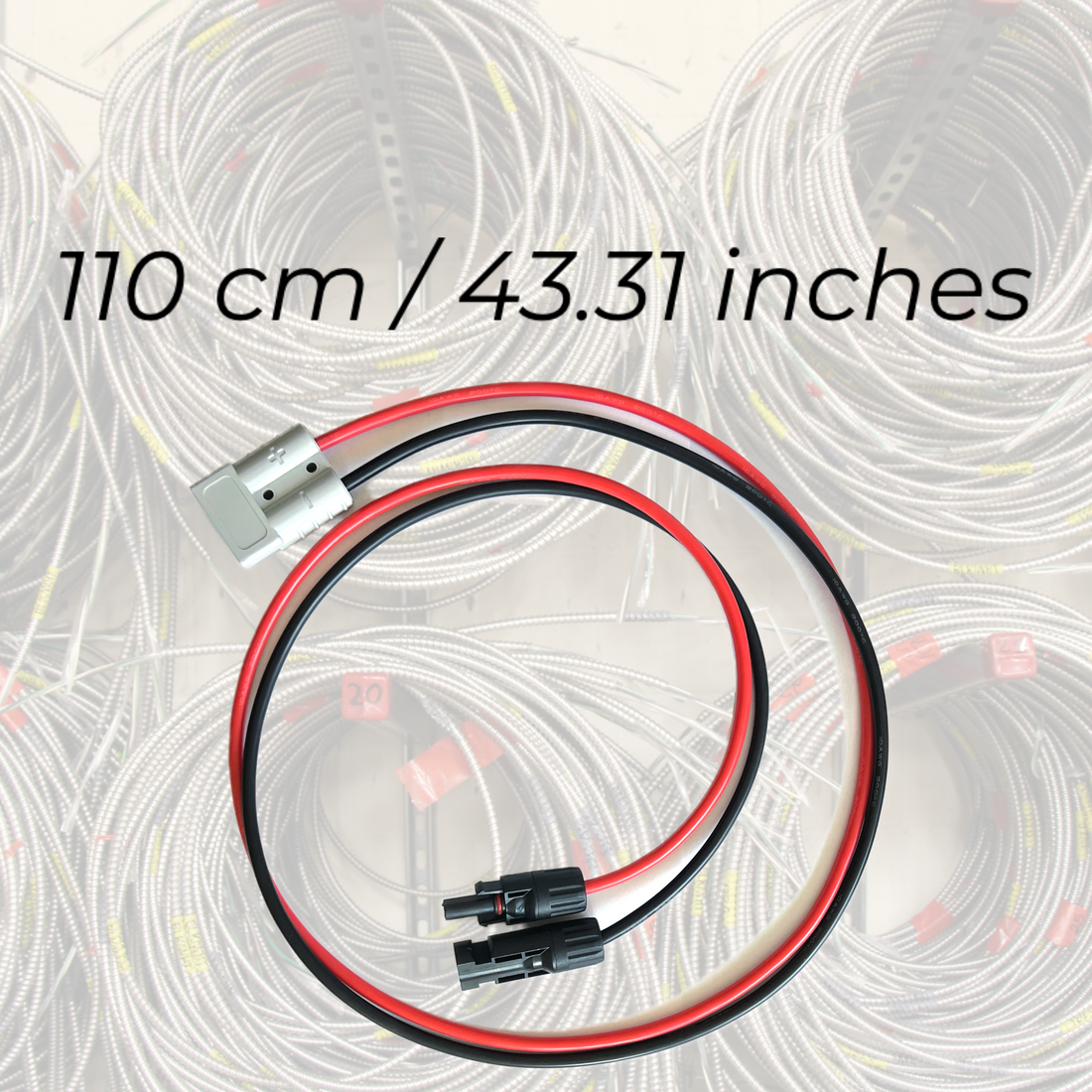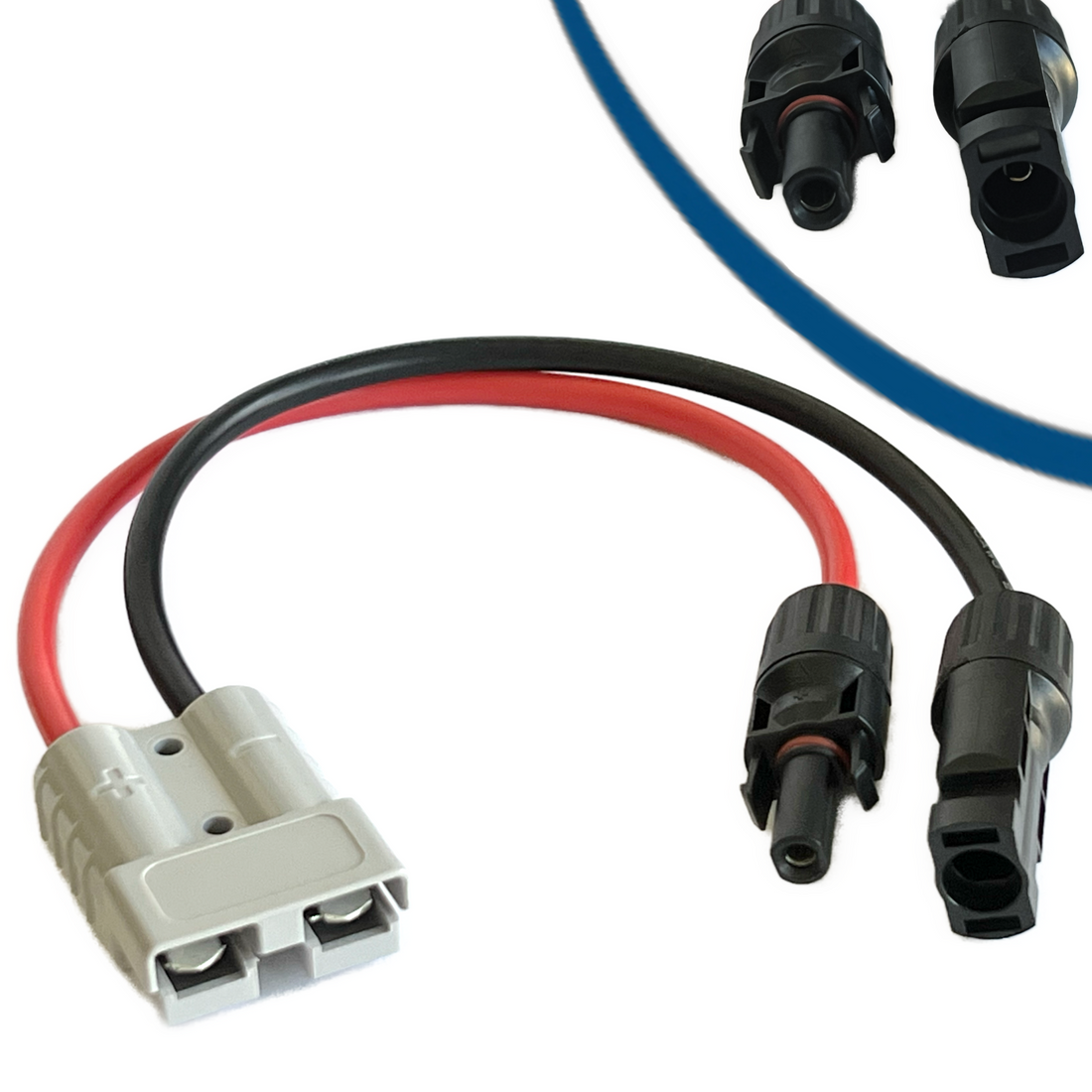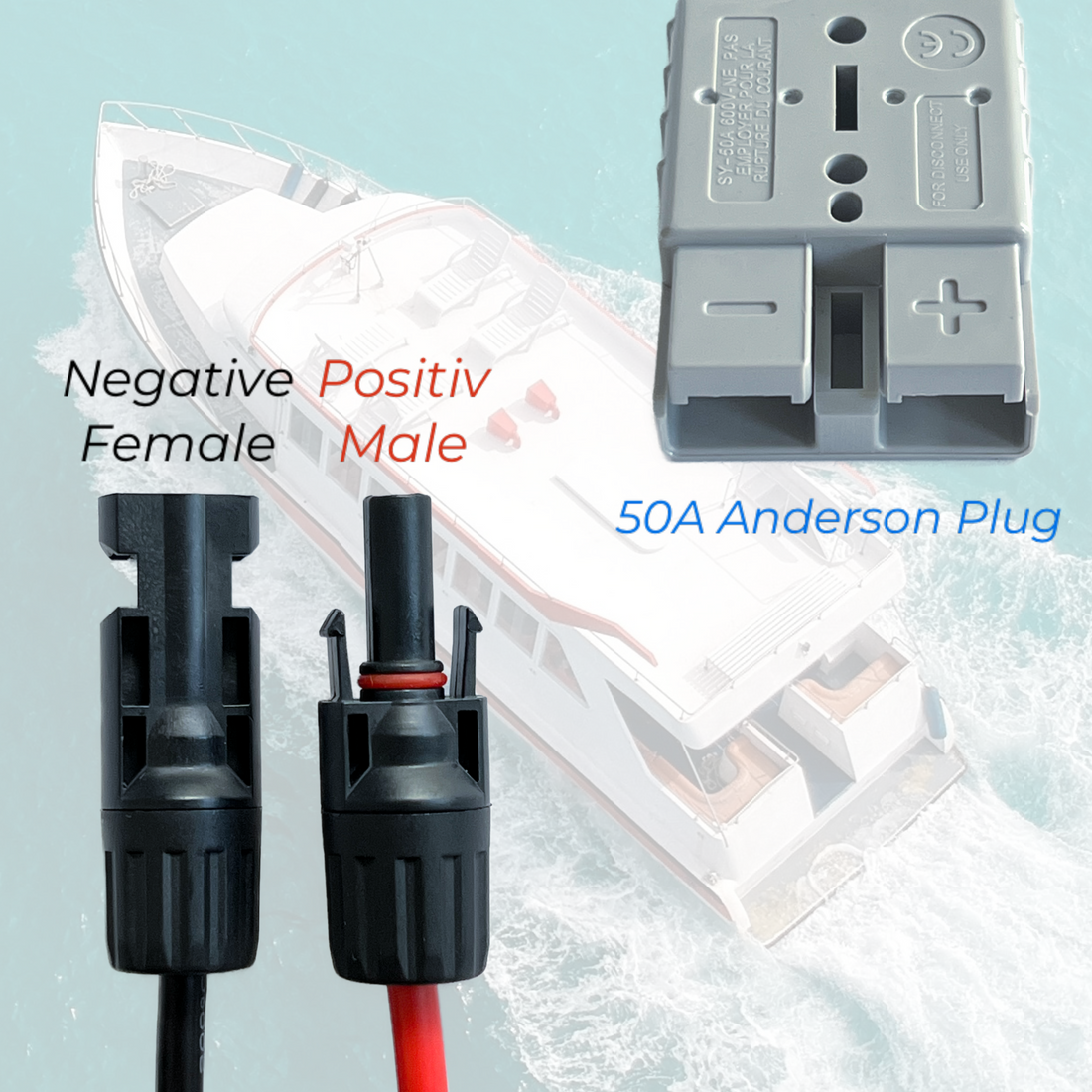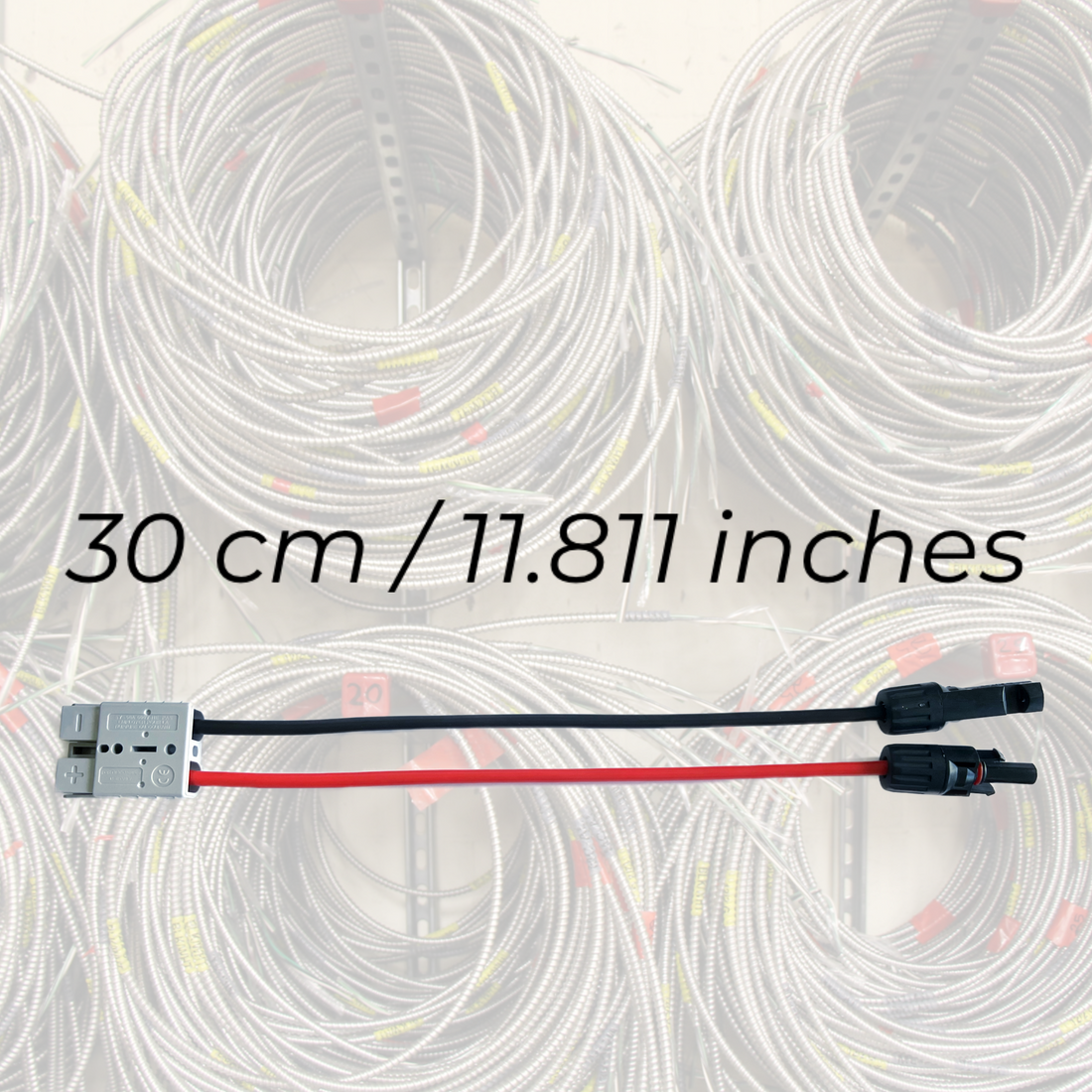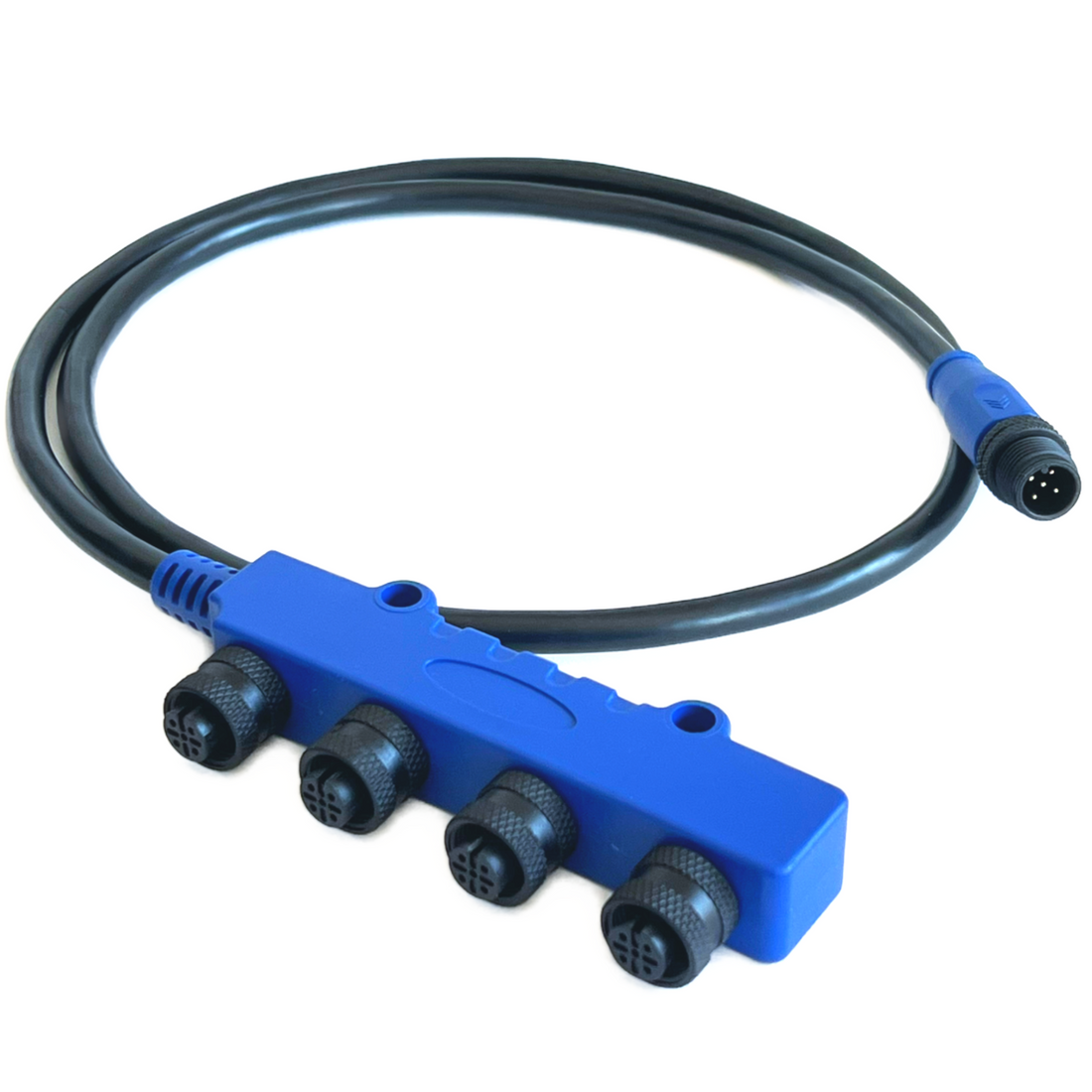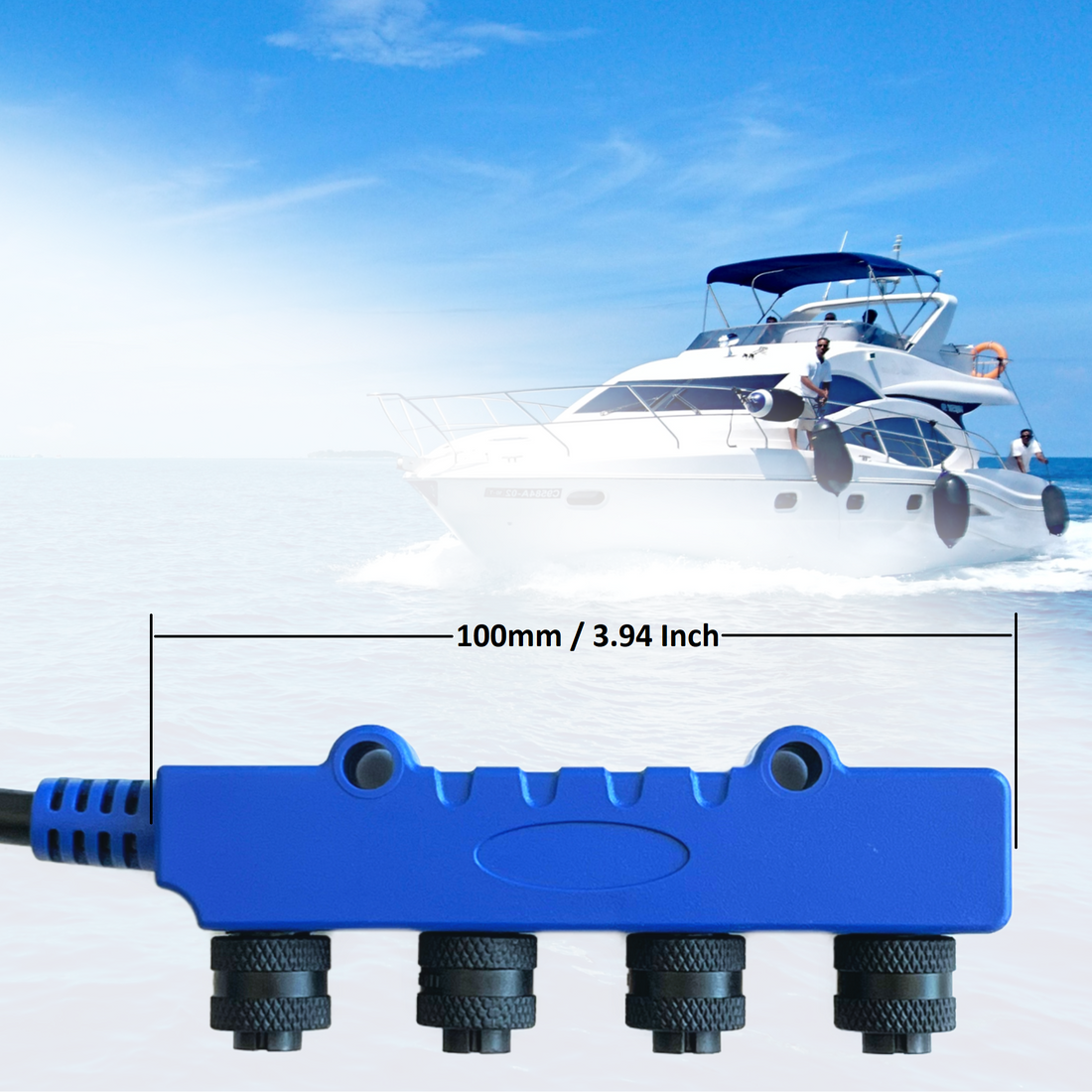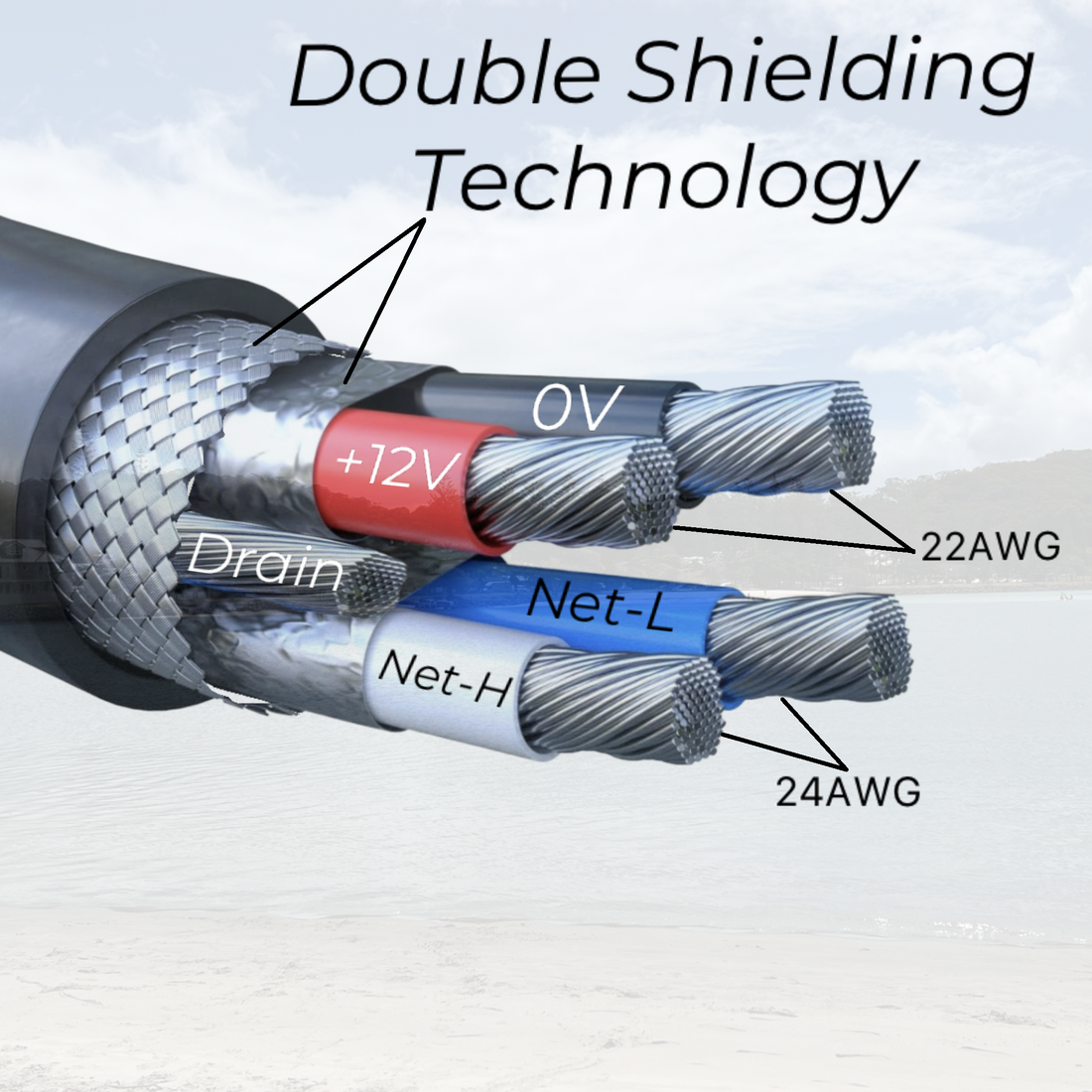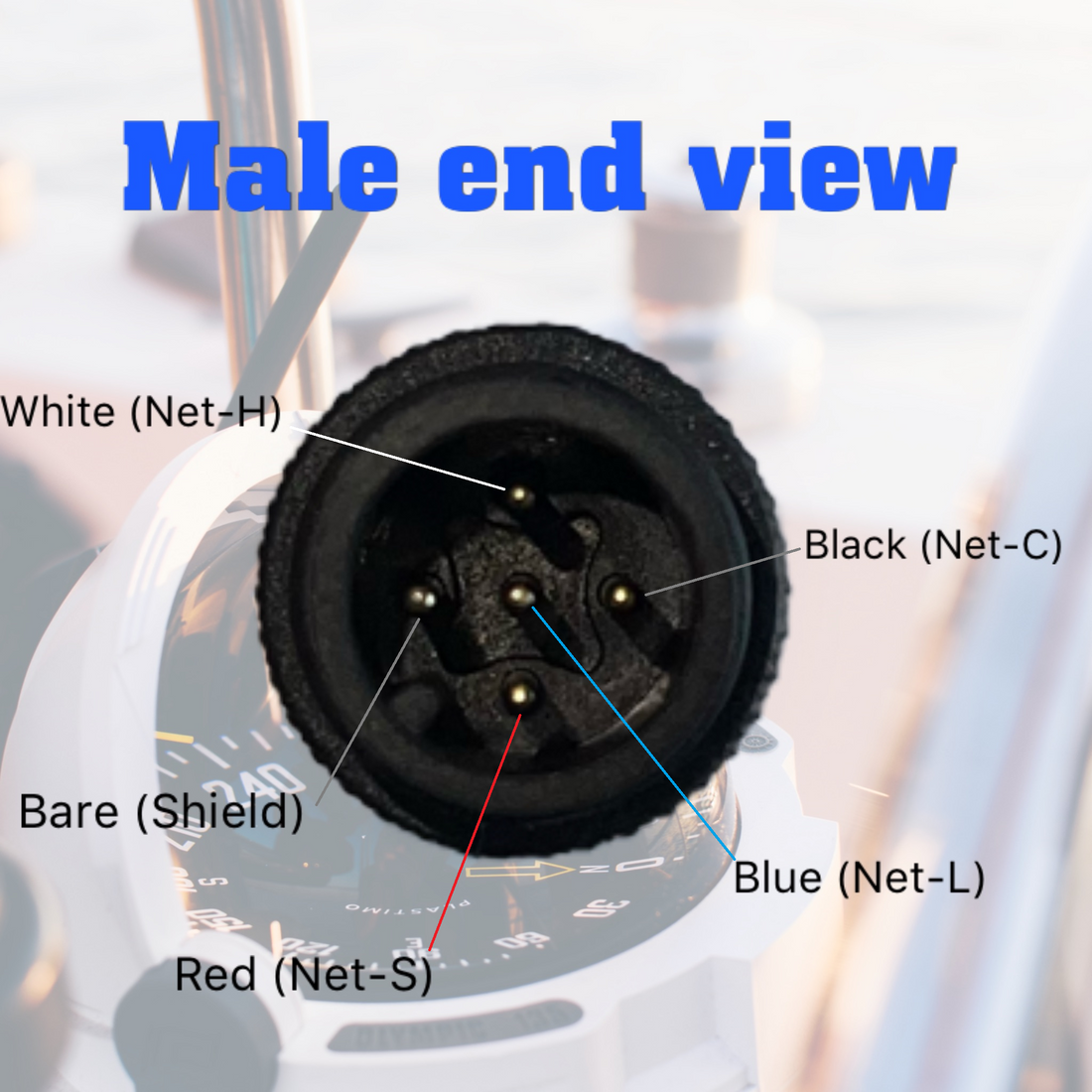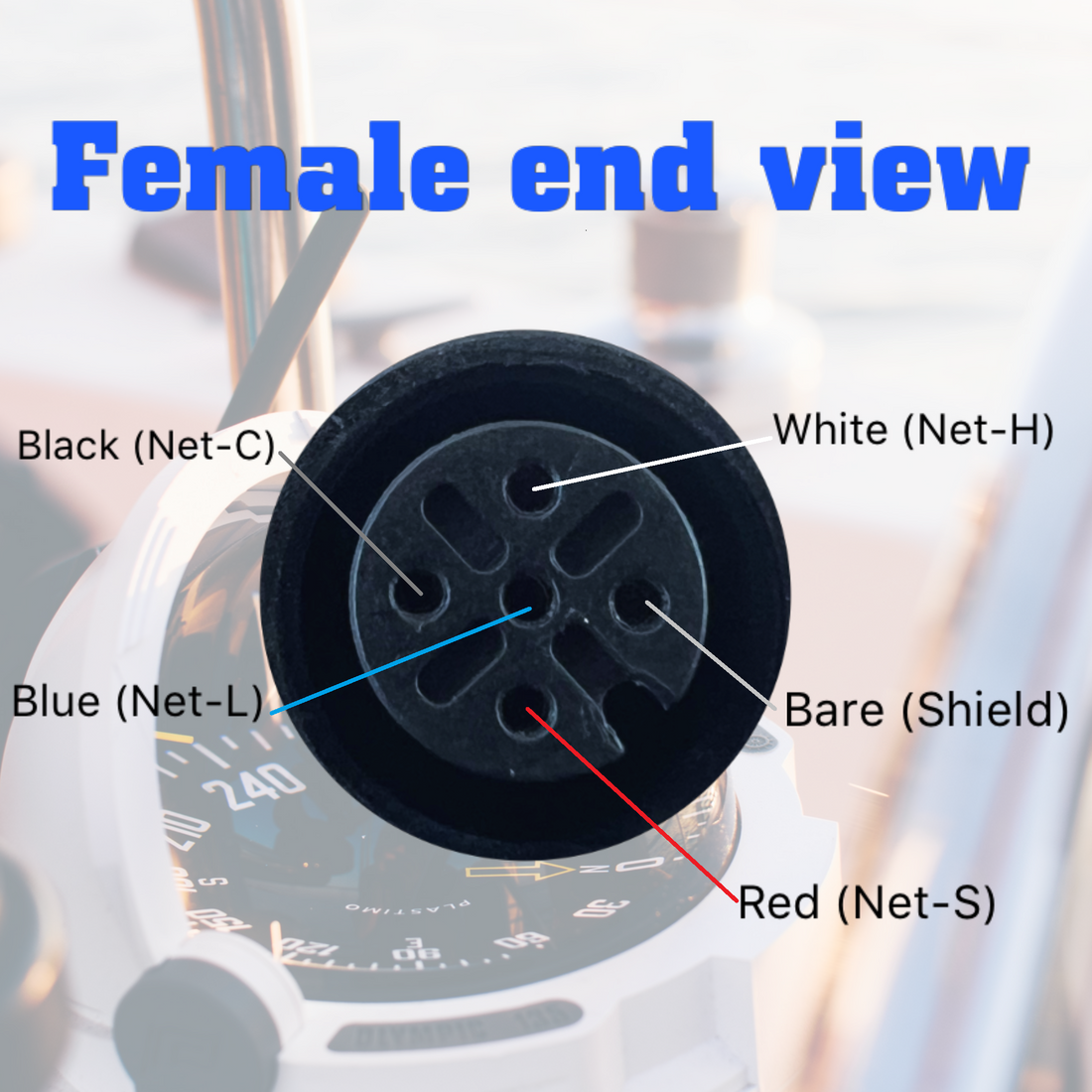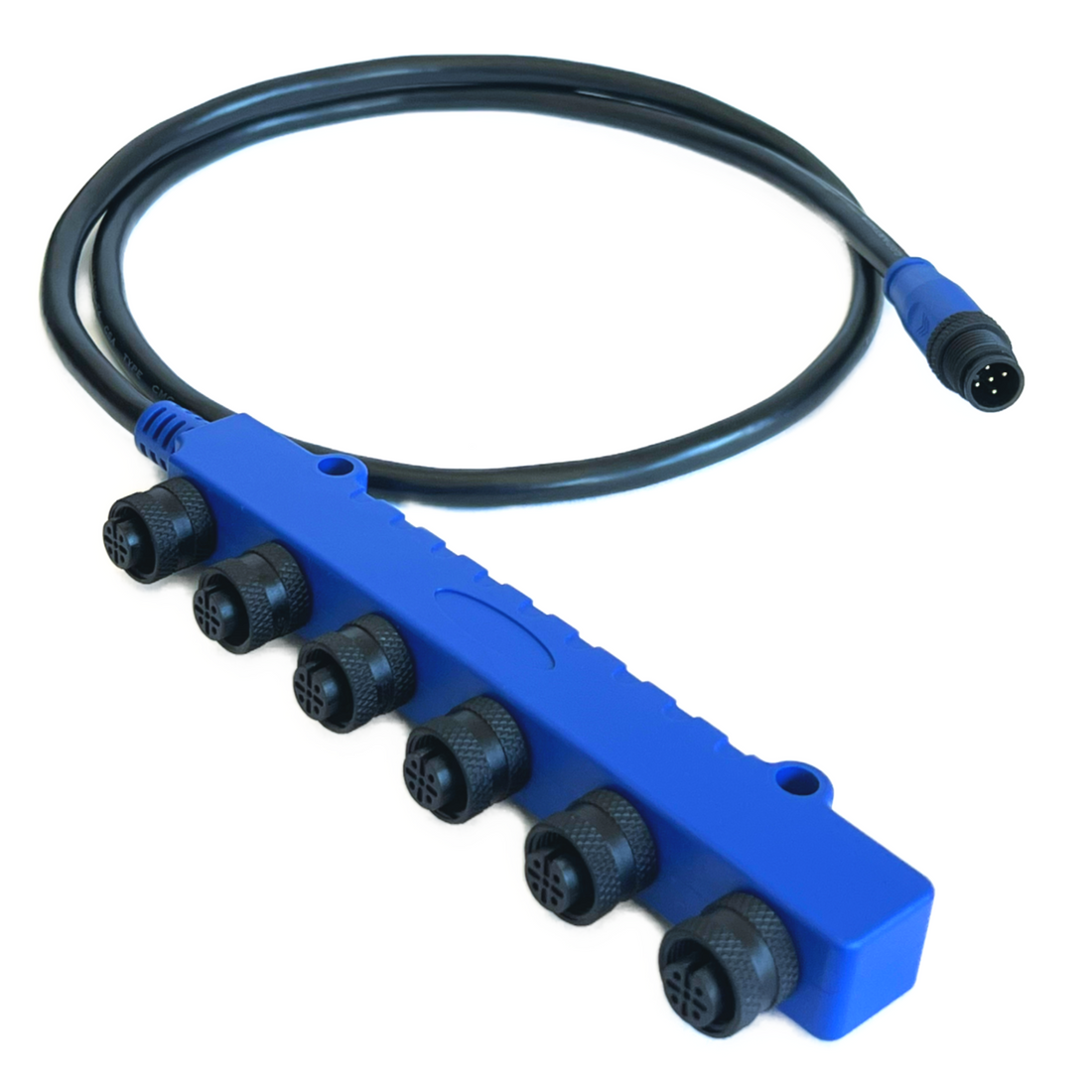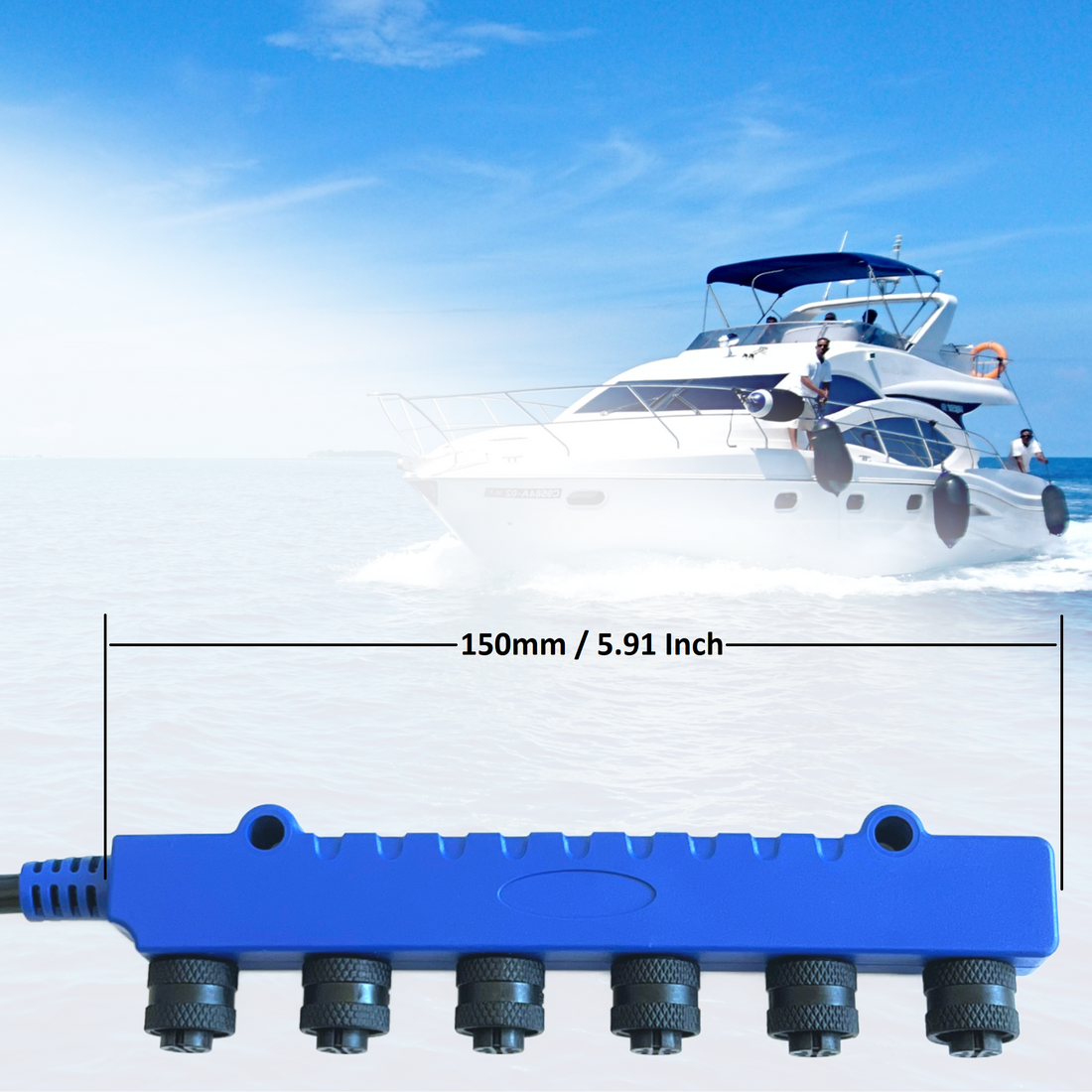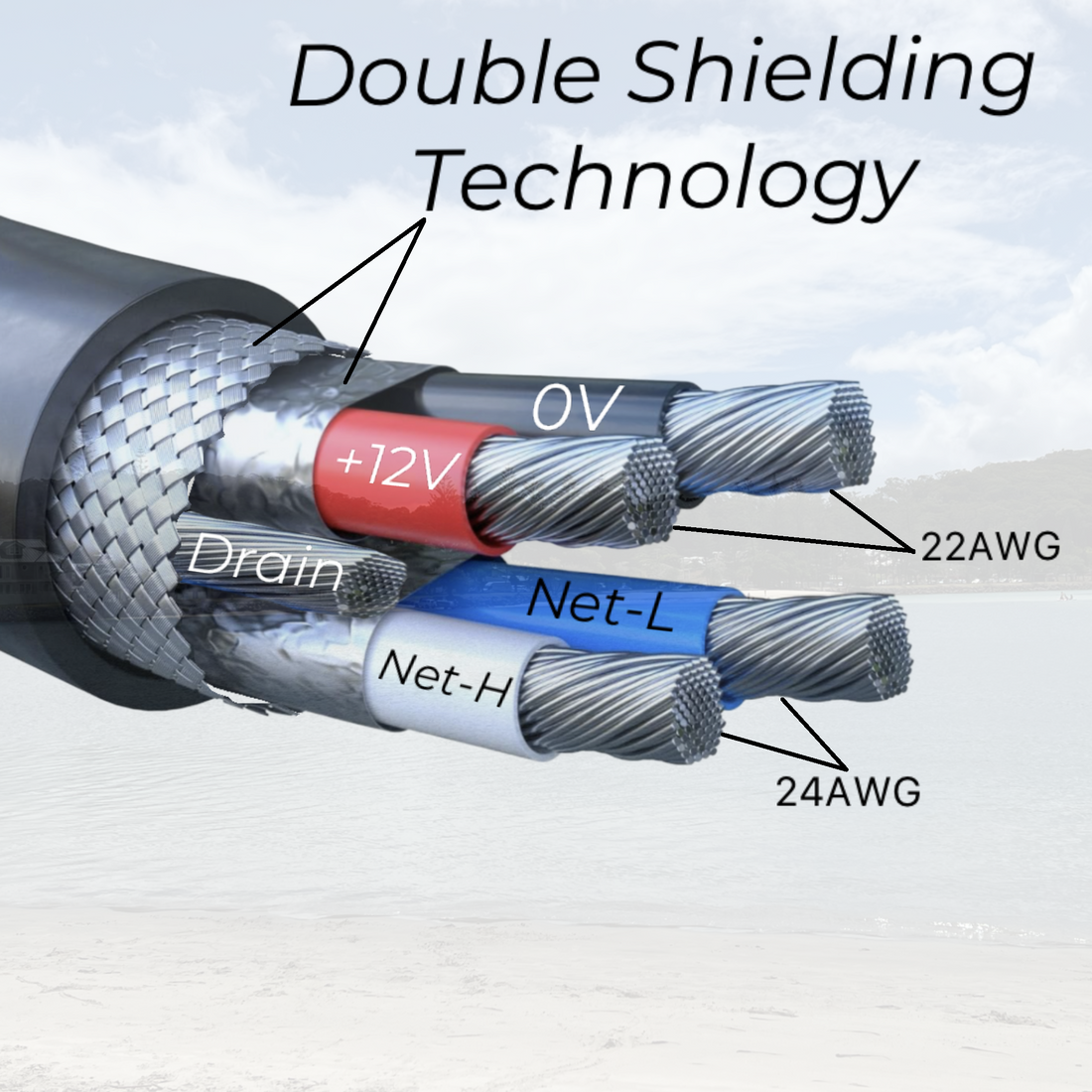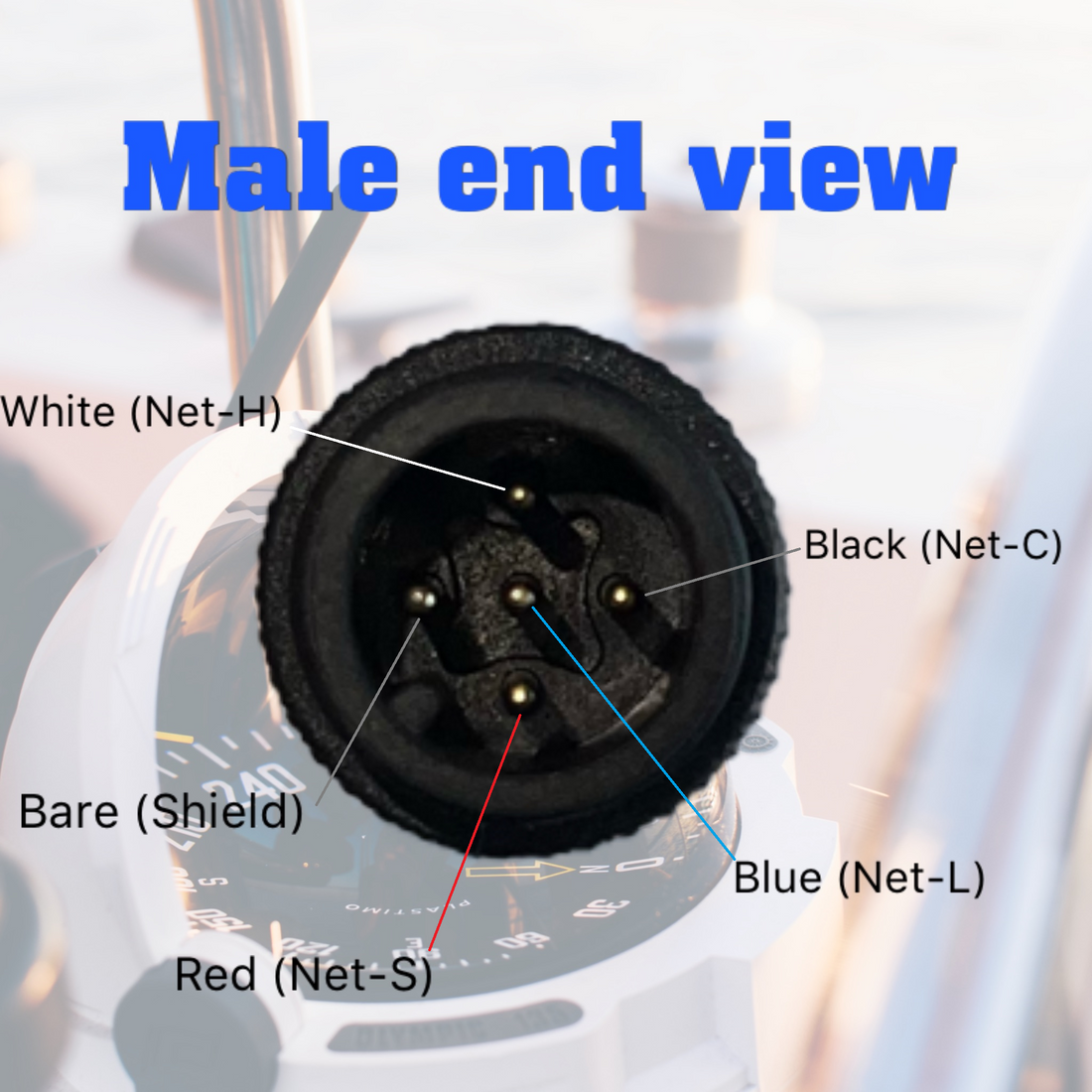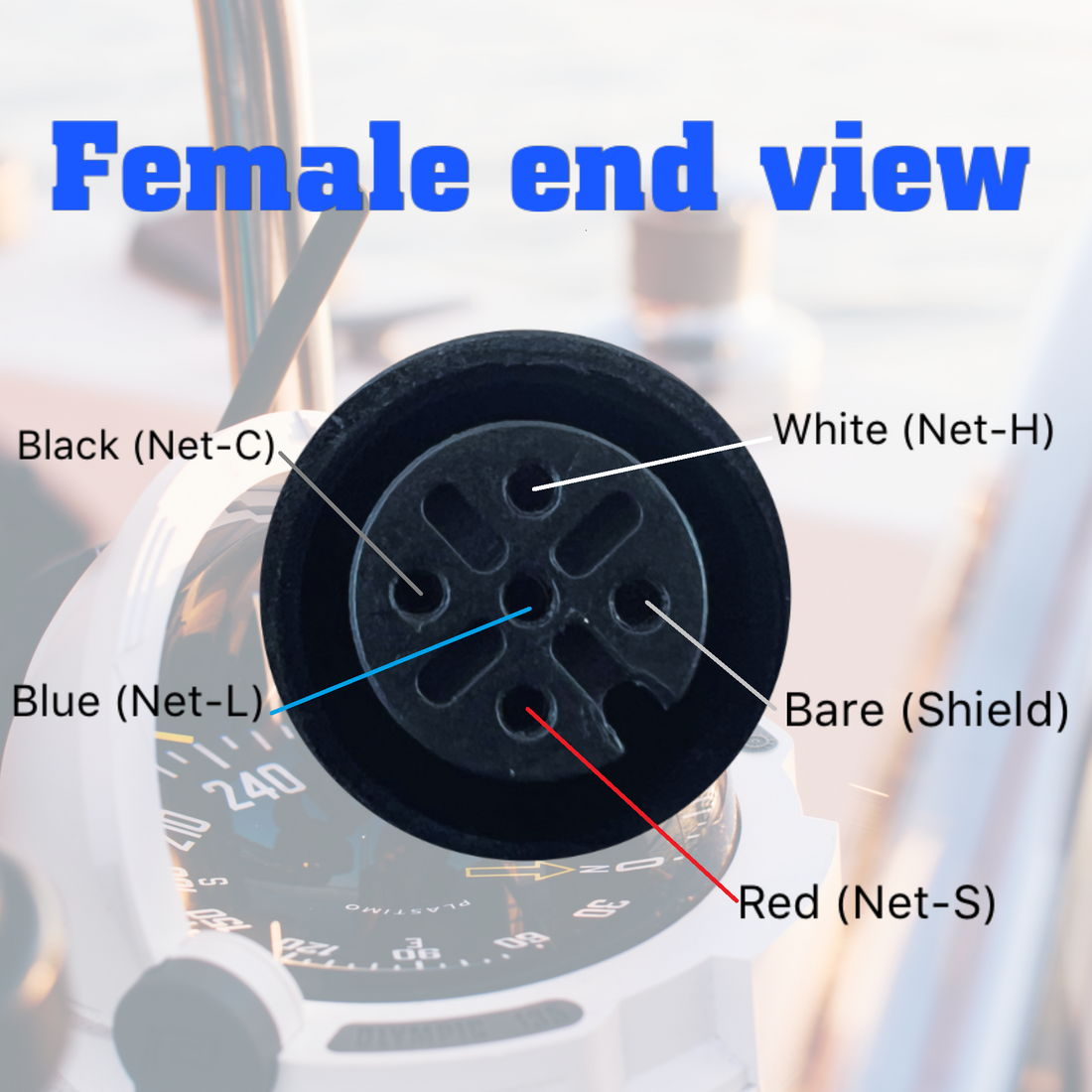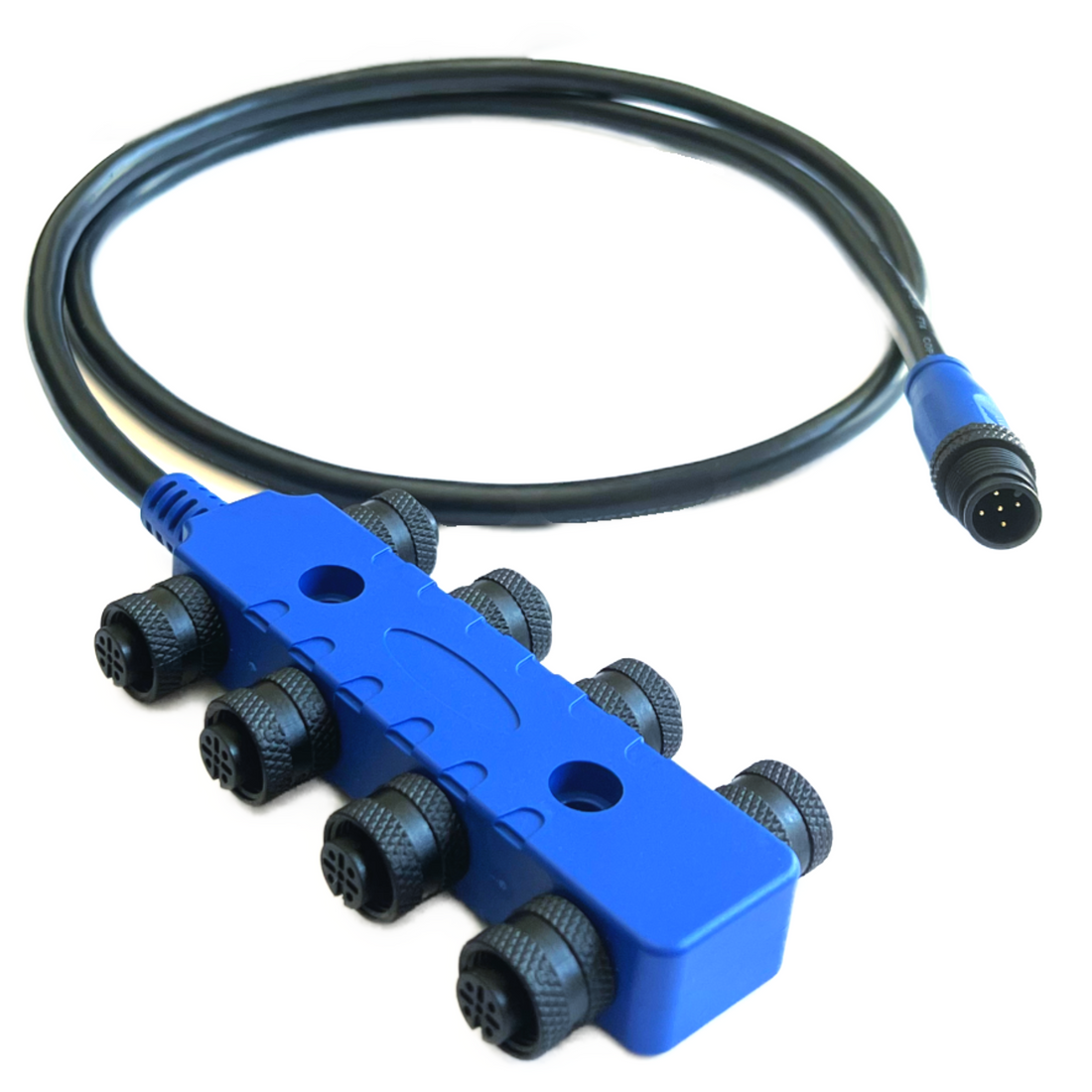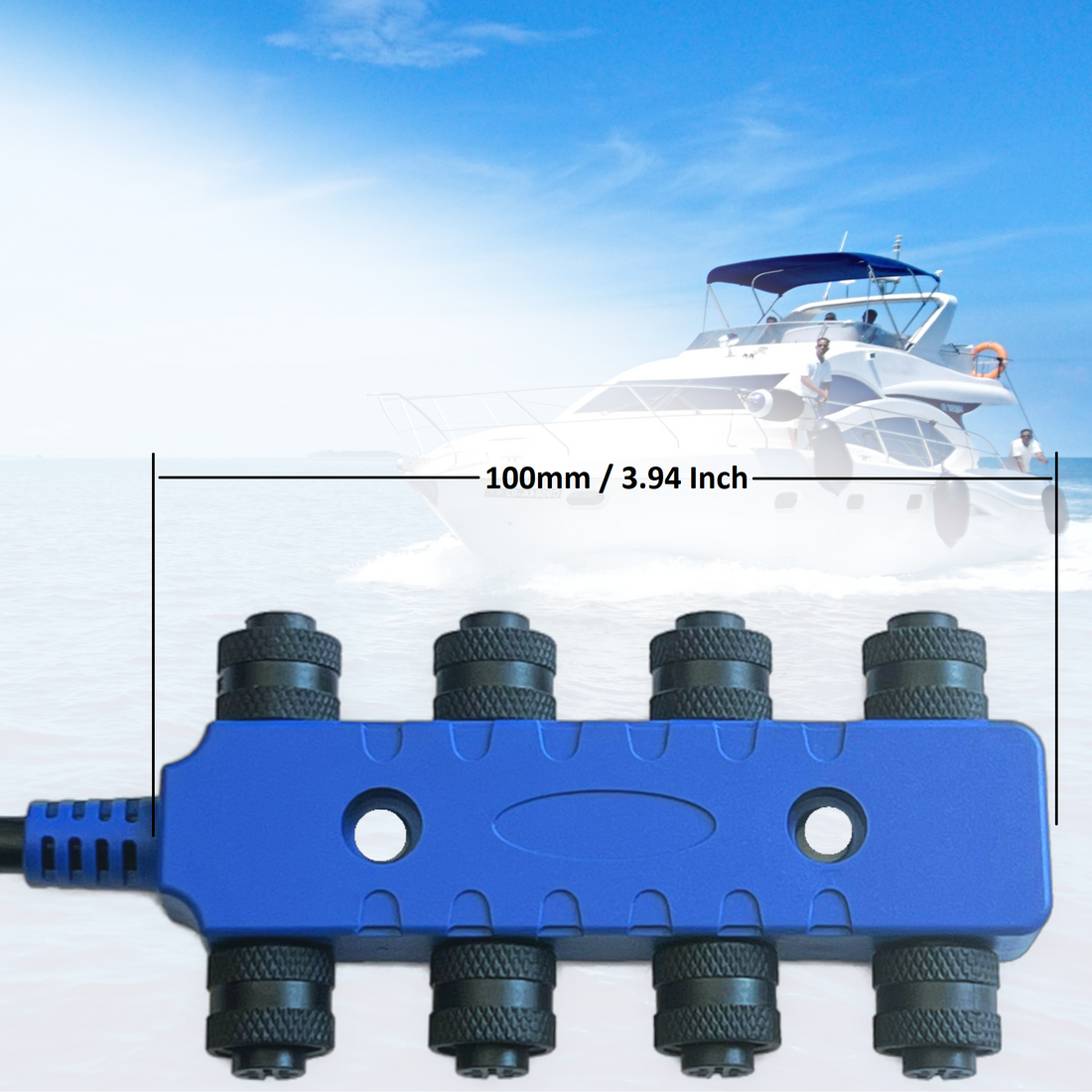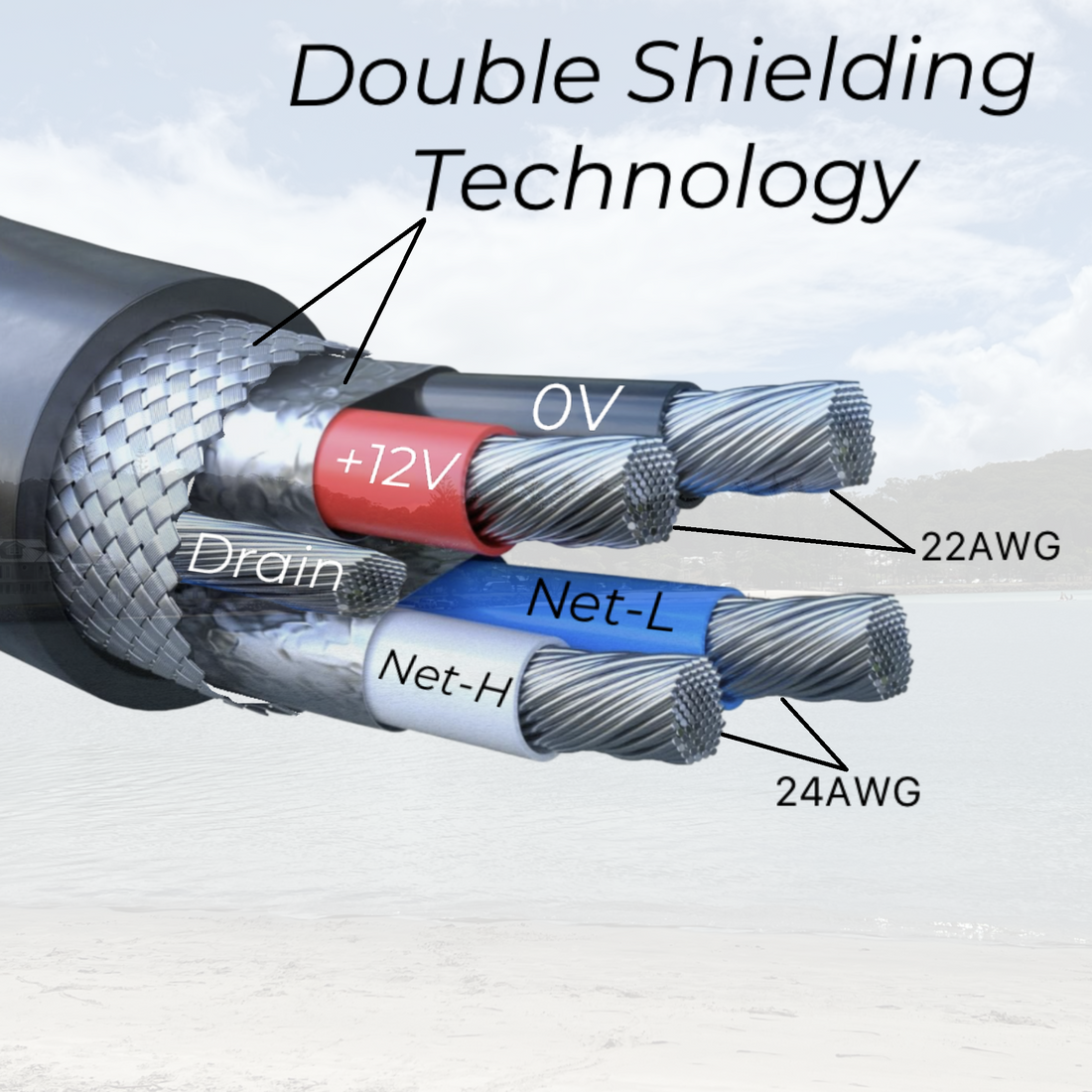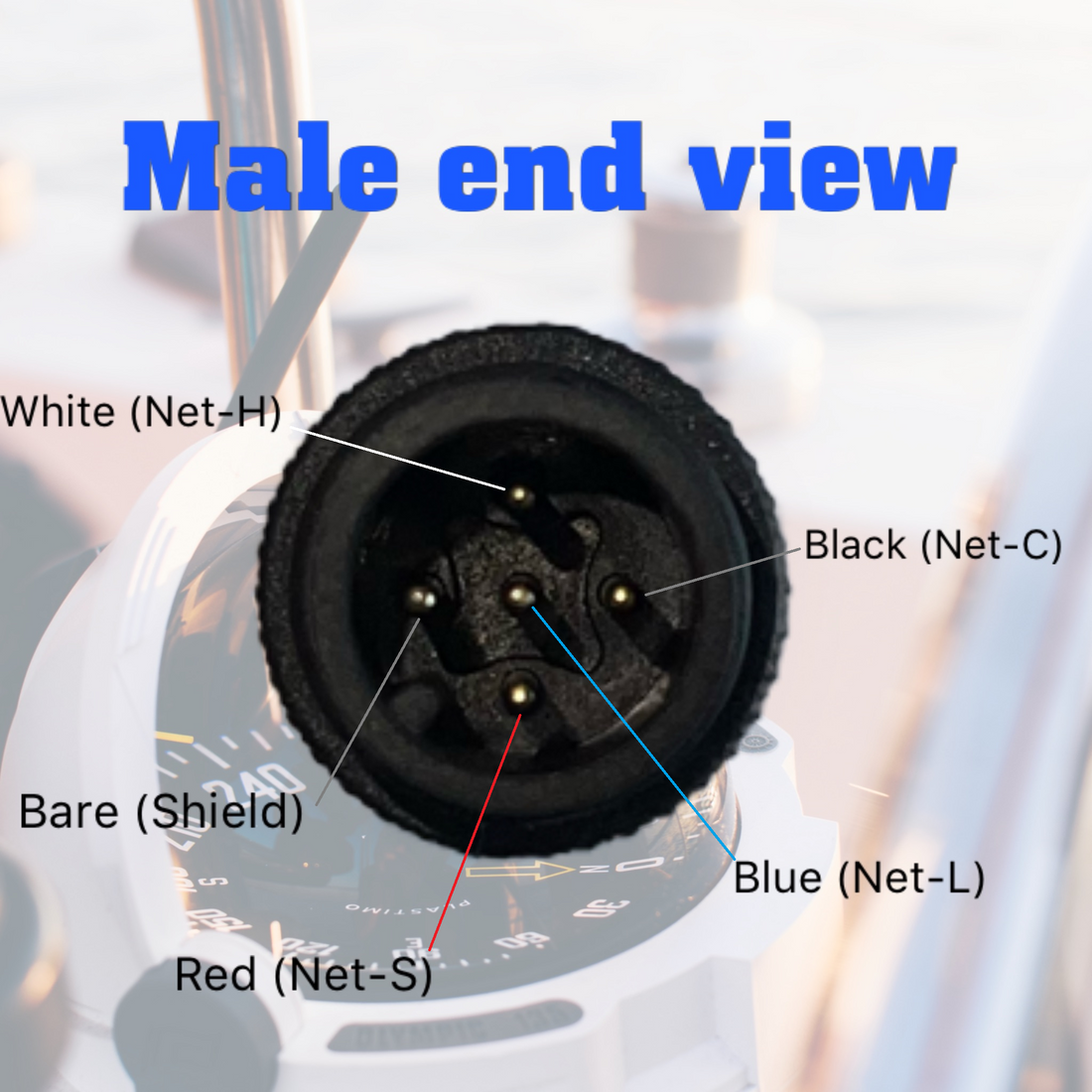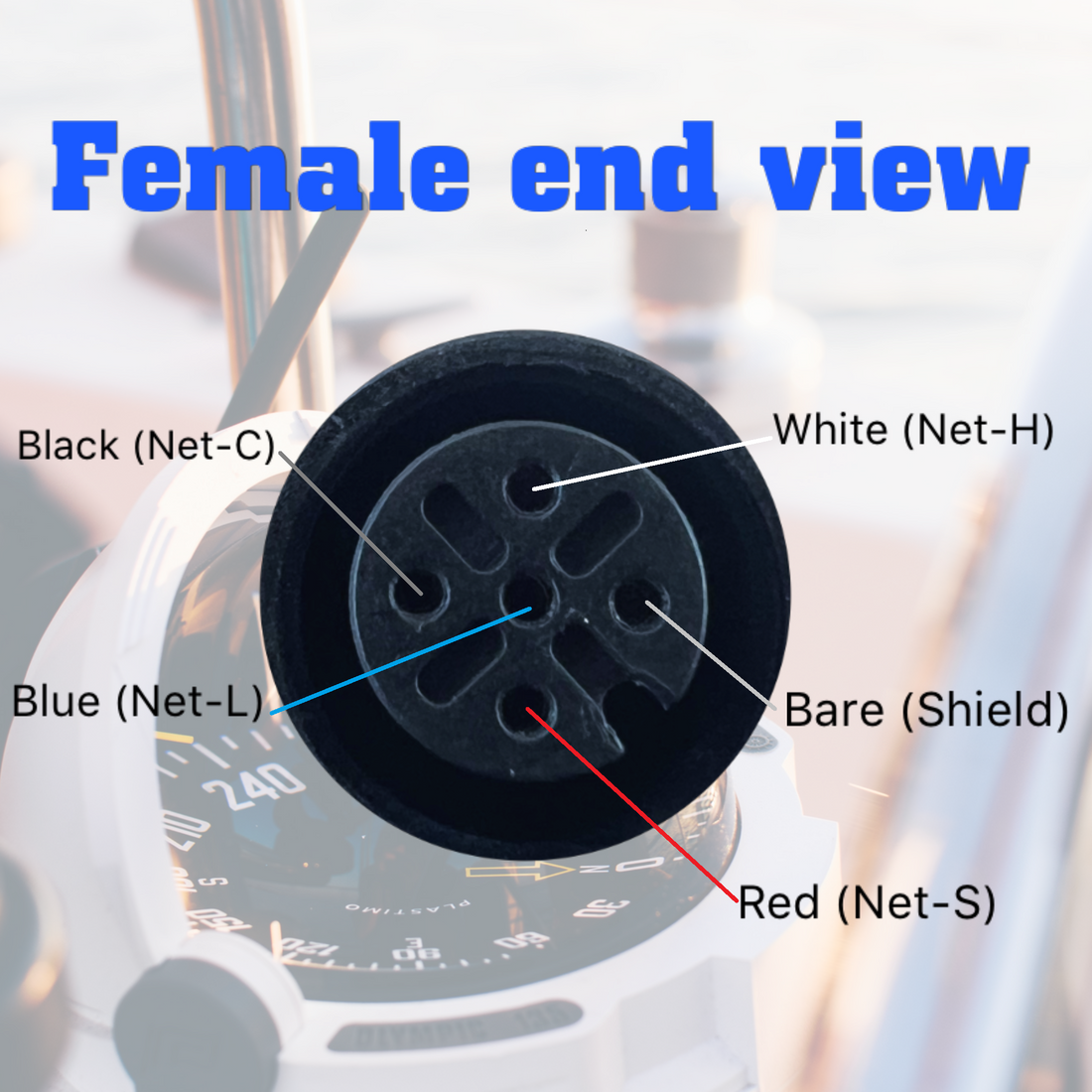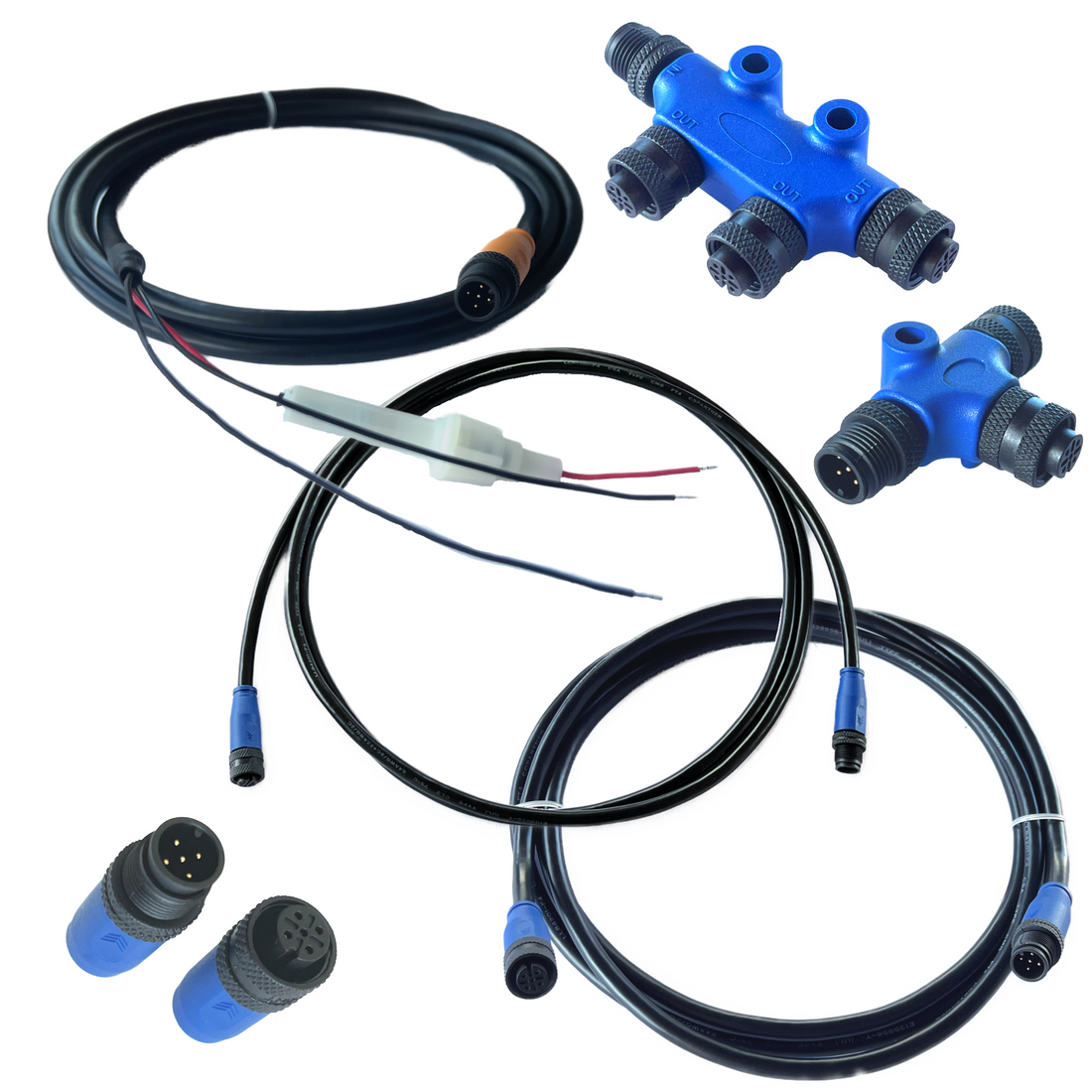
News
Setting Sail into the Digital Age: Why Every Boater Needs an NMEA 2000 Starter Kit
Setting Sail into the Digital Age: Why Every Boater Needs an NMEA 2000 Starter Kit
Setting Sail into the Digital Age: Why Every Boater Needs an NMEA 2000 Starter Kit
Setting sail into the digital age has never been easier, thanks to the NMEA 2000 Starter Kit. Boaters are now able to seamlessly integrate their electronic equipment and navigate the open waters with confidence. This innovative system has revolutionized the boating experience, ensuring safety, convenience, and efficiency on the high seas.
Designed for both novice boaters and seasoned sailors, the NMEA 2000 Starter Kit offers a wide range of benefits. By connecting multiple devices, such as chartplotters, radars, and sonars, boaters gain access to real-time information in one centralized location. This not only simplifies navigation but also enhances situational awareness, allowing for better decision-making on the water.
With the NMEA 2000 Starter Kit, boaters can enjoy seamless communication between all connected devices. Gone are the days of relying on outdated analog systems. The digital age has arrived, and it's time to embrace it on your next boating adventure.
Investing in an NMEA 2000 Starter Kit is a game-changer for every boater. Upgrade your vessel's capabilities and set sail into the digital age like never before.
Benefits of using NMEA 2000 technology
NMEA 2000, or National Marine Electronics Association 2000, is a standardized communication protocol used in the marine industry. It allows electronic devices on a boat to communicate and share information seamlessly. This protocol is important for boaters because it simplifies the integration of various electronic devices, making navigation and communication more efficient.
Unlike older systems, NMEA 2000 uses a network backbone that allows multiple devices to be connected together using a single cable. This eliminates the need for separate wiring for each device, reducing clutter and making installation easier. The standardized protocol ensures compatibility between different manufacturers' devices, giving boaters more options when it comes to choosing electronic equipment for their vessels.
NMEA 2000 also allows for the exchange of real-time data between devices, enabling boaters to have a comprehensive view of their surroundings. This data can include GPS position, speed, depth, wind speed, and more. By having access to this information in one centralized location, boaters can make more informed decisions and navigate with confidence.
In addition, NMEA 2000 provides a platform for future expansion. As new devices and technologies emerge, boaters can easily integrate them into their existing NMEA 2000 network, ensuring their boat is always up-to-date with the latest advancements in marine electronics.
Understanding the components of an NMEA 2000 Starter Kit
1. Simplified installation: NMEA 2000 Starter Kits come with all the necessary components and instructions for easy installation. The standardized protocol eliminates the need for custom wiring, reducing installation time and complexity.
2. Centralized information: By connecting multiple devices to the NMEA 2000 network, boaters can access real-time information in one centralized location. This eliminates the need to switch between different screens or devices, making navigation more efficient.
3. Enhanced situational awareness: With access to real-time data from various sensors, boaters can have a comprehensive view of their surroundings. This includes information on position, depth, speed, and more. By having this information readily available, boaters can make better decisions and navigate safely.
4. Compatibility: NMEA 2000 is a standardized protocol, ensuring compatibility between devices from different manufacturers. This gives boaters more options when it comes to choosing electronic equipment for their vessels.
5. Expandability: NMEA 2000 provides a platform for future expansion. As new devices and technologies emerge, boaters can easily integrate them into their existing NMEA 2000 network, ensuring their boat is always up-to-date with the latest advancements in marine electronics.
How to install an NMEA 2000 Starter Kit on your boat
An NMEA 2000 Starter Kit typically includes the following components:
1. Backbone cable: This is the main cable that forms the backbone of the NMEA 2000 network. It connects all the devices together and carries the data between them.
2. T-connectors: These connectors are used to connect devices to the backbone cable. They allow multiple devices to be connected to the network using a single cable.
3. Terminators: Terminators are used to terminate the ends of the backbone cable. They ensure proper signal termination and prevent data reflections that can interfere with the network.
4. Power cable: This cable provides power to the NMEA 2000 network. It is connected to a power source, such as the boat's battery, and powers all the devices on the network.
5. Device cables: These cables are used to connect individual devices, such as chartplotters, radars, and sonars, to the NMEA 2000 network. They carry data between the devices and the network.
It's important to note that the specific components included in an NMEA 2000 Starter Kit may vary depending on the manufacturer. It's always recommended to check the product specifications before making a purchase.
Troubleshooting common issues with NMEA 2000 networks
Installing an NMEA 2000 Starter Kit on your boat is a relatively straightforward process. Here are the general steps to follow:
1. Plan the network: Determine the devices you want to connect to the NMEA 2000 network and their locations on the boat. This will help you determine the length of the backbone cable and the number of T-connectors and terminators you'll need.
2. Install the backbone cable: Start by installing the backbone cable along the desired route. This usually involves running the cable through existing cable conduits or along the boat's structure. Make sure to secure the cable properly to prevent it from moving or getting damaged.
3. Connect the devices: Once the backbone cable is installed, connect the devices to the network using T-connectors and device cables. Follow the manufacturer's instructions for proper connection.
4. Terminate the network: Install terminators at both ends of the backbone cable to ensure proper signal termination. This is important for the network to function correctly.
5. Connect the power cable: Connect the power cable to a power source, such as the boat's battery. Make sure to follow proper electrical wiring practices and use appropriate fuses or circuit breakers.
6. Test the network: After the installation is complete, test the network to ensure all devices are communicating properly. Check for any error messages or issues and troubleshoot as necessary.
NMEA 2000 Starter Kits vs. traditional marine electronics
While NMEA 2000 networks are generally reliable, there can be occasional issues that need troubleshooting. Here are some common issues and their potential solutions:
1. Device not detected: If a device is not being detected on the NMEA 2000 network, check the connections to ensure they are secure. Make sure the device is compatible with the network and that it is powered on.
2. Intermittent connectivity: If devices are intermittently losing connectivity, check the connections for any loose or damaged cables. Also, ensure that the terminators are properly installed at both ends of the network.
3. Network errors: If you're experiencing network errors or error messages, check the terminators to ensure they are installed correctly. Make sure there are no damaged cables or connectors in the network.
4. Power issues: If the network is not receiving power, check the power cable connections and the power source. Ensure that the power cable is properly connected to a reliable power source.
If you're unable to resolve the issues yourself, it's always recommended to consult the manufacturer or a professional marine electronics technician for assistance.
Recommended NMEA 2000 Starter Kits for different types of boats
NMEA 2000 Starter Kits offer several advantages over traditional marine electronics systems. Here are some key differences:
1. Simplified installation: NMEA 2000 Starter Kits come with all the necessary components for easy installation. They use a single cable for connecting devices, eliminating the need for separate wiring for each device.
2. Centralized information: NMEA 2000 networks provide a centralized location for accessing real-time information from multiple devices. Traditional systems often require switching between different screens or devices to access the same information.
3. Compatibility: NMEA 2000 is a standardized protocol, ensuring compatibility between devices from different manufacturers. Traditional systems may have limited compatibility, making it difficult to mix and match devices from different brands.
4. Expandability: NMEA 2000 networks provide a platform for future expansion. As new devices and technologies emerge, boaters can easily integrate them into their existing network. Traditional systems may require additional wiring and configuration to add new devices.
5. Cost: While the initial cost of an NMEA 2000 Starter Kit may be higher than traditional marine electronics, the long-term cost can be lower. NMEA 2000 networks are more efficient and easier to expand, reducing the need for costly upgrades or rewiring in the future.
Where to buy NMEA 2000 Starter Kits
When it comes to choosing an NMEA 2000 Starter Kit, the best option will depend on the specific needs and requirements of your boat. Here are some recommended NMEA 2000 Starter Kits for different types of boats:
1. Small powerboats: For small powerboats, a basic NMEA 2000 Starter Kit that includes a chartplotter, depth sounder, and GPS antenna is usually sufficient. This will provide essential navigation and depth information for safe boating.
2. Sailboats: Sailboats may benefit from a more comprehensive NMEA 2000 Starter Kit that includes additional sensors such as wind speed and direction, as well as an autopilot system. These additional features can enhance the sailing experience and make navigation easier.
3. Sportfishing boats: Sportfishing boats can benefit from advanced NMEA 2000 Starter Kits that include features such as fishfinders, radar, and AIS (Automatic Identification System) for tracking other vessels. These additional features can greatly improve fishing efficiency and safety.
4. Cruising yachts: Cruising yachts may require a more extensive NMEA 2000 network that includes features such as weather monitoring, satellite communication, and advanced navigation systems. These additional features can enhance safety and comfort during long-distance cruising.
It's always recommended to consult with a marine electronics specialist or the manufacturer for specific recommendations based on your boat's needs.
Conclusion: Embracing the digital revolution in boating with NMEA 2000
NMEA 2000 Starter Kits can be purchased from a variety of sources, including marine electronics retailers, online marketplaces, and manufacturers' websites. Here are some popular options for purchasing NMEA 2000 Starter Kits:
1. Marine electronics retailers: Visit your local marine electronics retailer to browse a wide selection of NMEA 2000 Starter Kits. The knowledgeable staff can provide expert advice and help you choose the right kit for your boat.
2. Online marketplaces: Online marketplaces such as Amazon, eBay, and West Marine offer a wide range of NMEA 2000 Starter Kits from various manufacturers. Read customer reviews and compare prices to make an informed decision.
3. Manufacturers' websites: Visit the websites of NMEA 2000 Starter Kit manufacturers to explore their product offerings. Many manufacturers provide detailed product information, compatibility charts, and support resources to help you choose the right kit.
Before making a purchase, it's important to ensure that the NMEA 2000 Starter Kit you choose is compatible with your existing electronic equipment and meets your specific needs.
